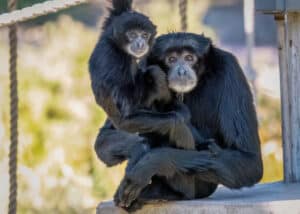

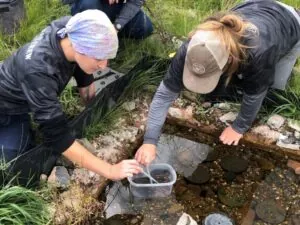
Conservation projects we support Complementing our native species conservation efforts and field conservation research, the Phoenix Zoo proudly supports conservation efforts around the world. The mission…

Black howler monkeyAlouatta Caraya Three Miles! Howler Monkeys are the loudest terrestrial animals in the Western Hemisphere. Their calls can be heard up to three…
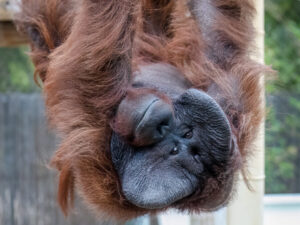
Bornean OrangutanPongo pygmaeus Look For Me in the Trees Orangutans are built for life in the trees. Their arms are long and muscular – males…
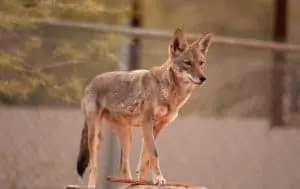
Please login here.
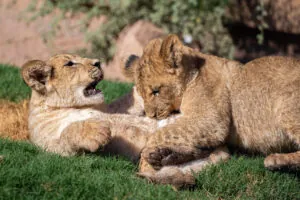
Predator passage Predator passage is now open! There’s more to explore on Predator Passage at the Phoenix Zoo! Traverse the newly expanded Africa Trail to…
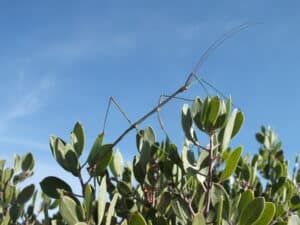
Arizona walking stickdiapheromera arizonesis Camouflage Walking sticks have a variety of ways to avoid detection by predators. Their bodies match the color and shape of…
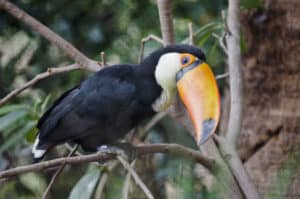
toco toucanramphastos toco My Huge Beak Doesn’t Weigh Me Down The largest and most widespread of all toucans, toco toucans are easily identified by their…
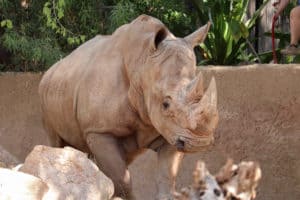
Southern White RhinocerosCeratotherium simum simum Contrary to My Name, I Am Not White Southern white rhinos are often the color of the mud they wallowed…
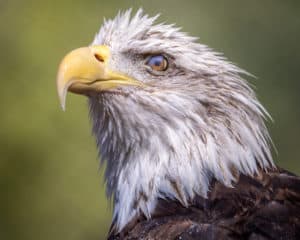
Bald EagleHaliaeetus leucocephalus I’m Not Bald Haliaeetus leucocephalus, the scientific name for bald eagles, means “white-headed sea eagle.” Found only in North America, bald eagles…
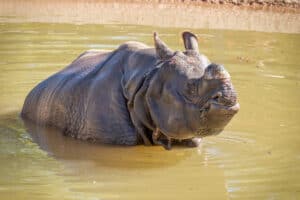
Greater One-horned RhinocerosRhinoceros unicornis I Don’t Have Armor Although these rhinos appear to have armor plating, it’s simply very thick skin with little lumps (tubercles)…
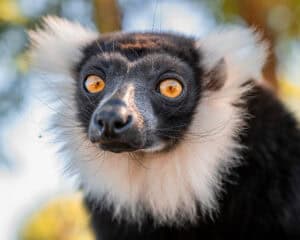
Ruffed LemursVarecia SPP. Look Sharp Lemurs have a specialized claw on their second toes that they use to groom their own fur. It looks like…